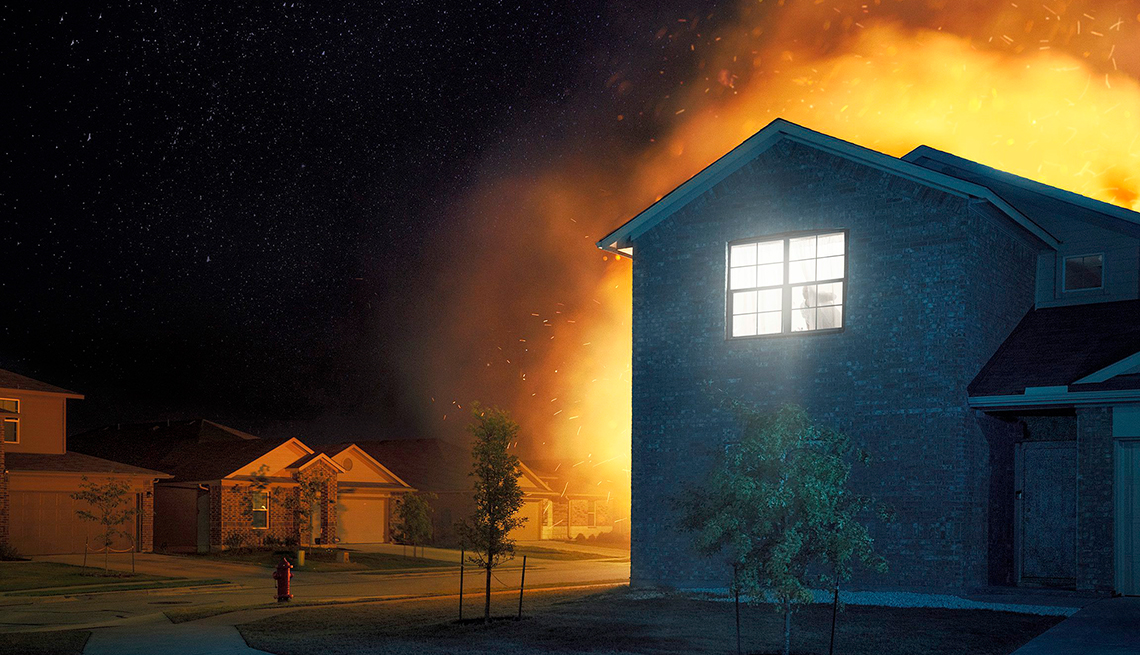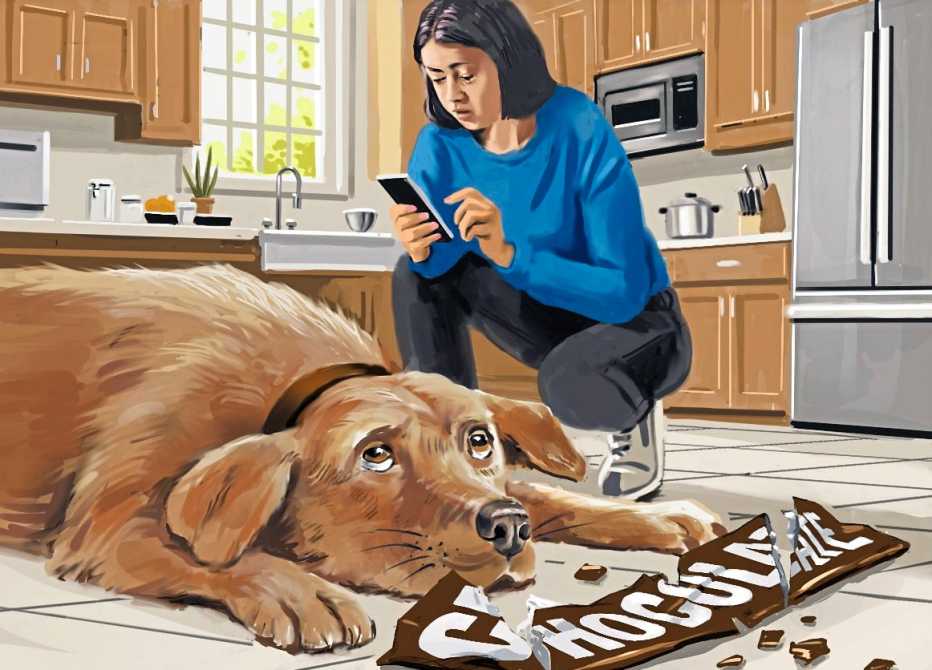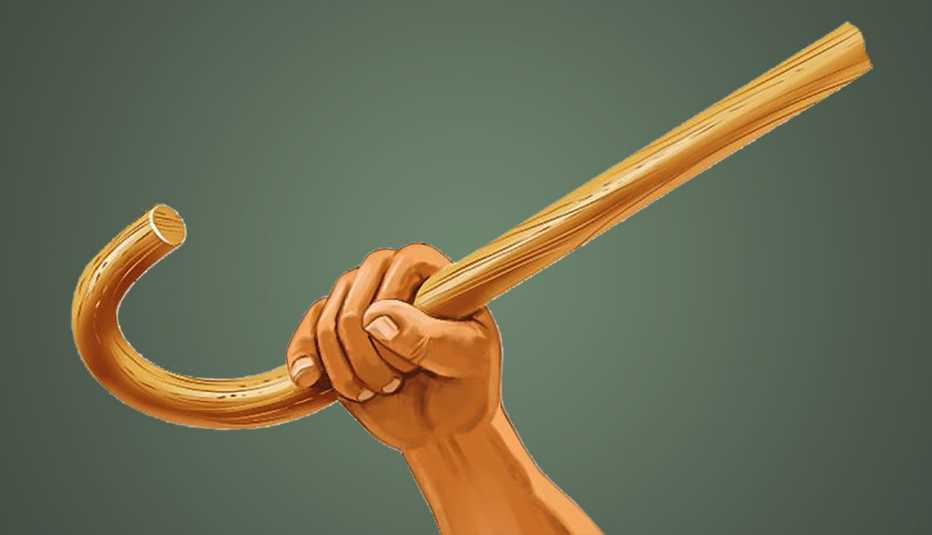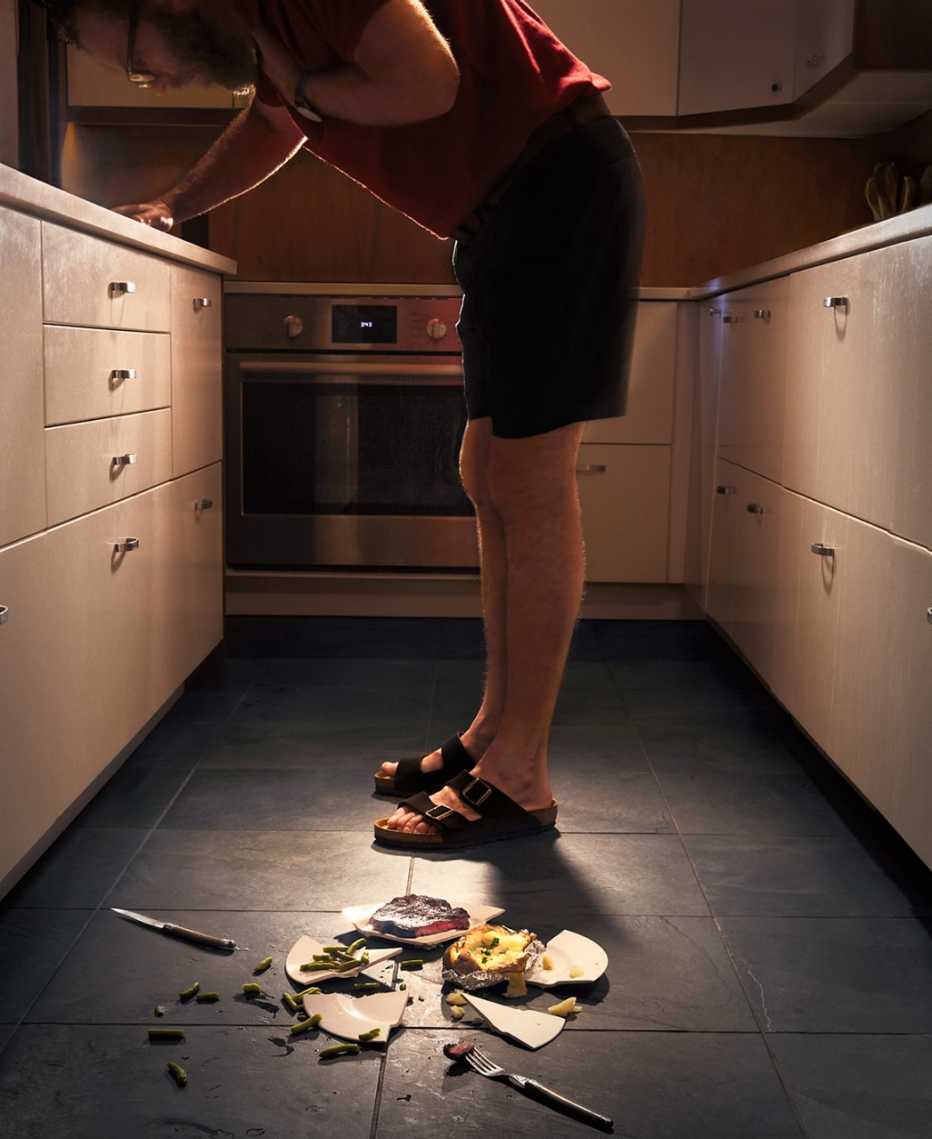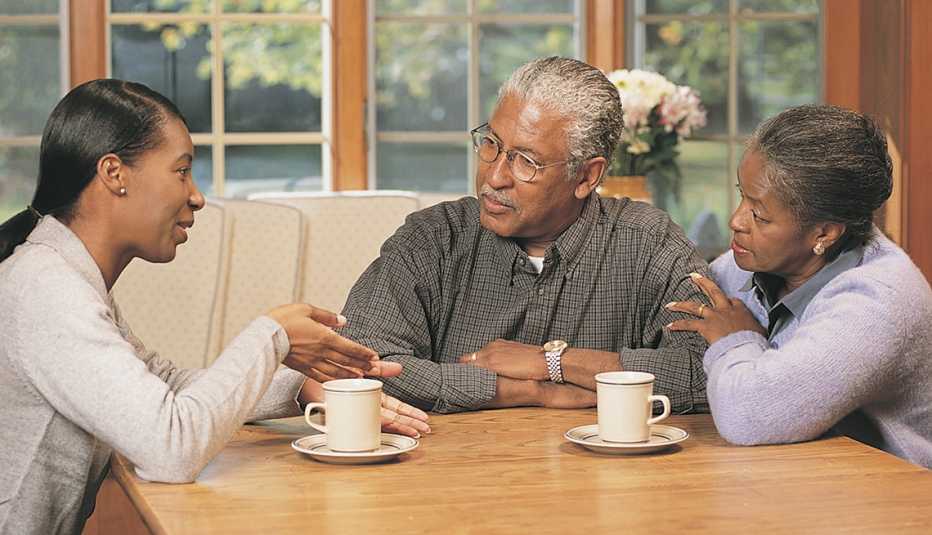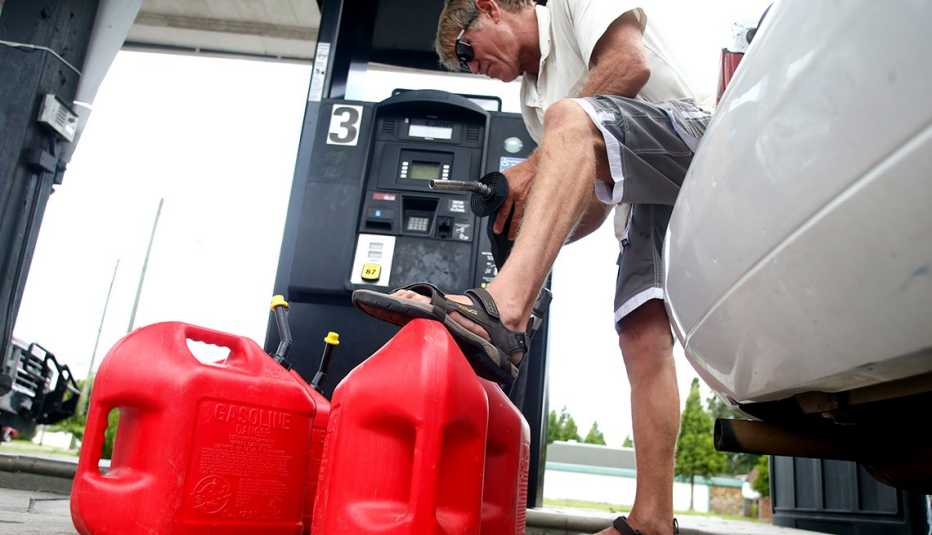Staying Fit
For many of us, the past few months have been a crash course in facing difficulties and dangers. Handymen and caregivers became isolated and unavailable. Emergency services were overwhelmed. Even the little pleasures in life — from those buttery eggs at the diner to the nooks and crannies of your favorite museum — were suddenly out of reach.
Chances are, you took this opportunity to teach yourself some skills — from trimming your spouse's hair to mastering a new recipe to making your own art. Deprived of your community, you took matters into your own hands, and you survived. But as the future continues to look uncertain, now's a good time to ramp up your general survival skills — to become a true master of self-sufficiency in any dangerous situation. Because when emergency care doesn't arrive, we need to feel confident that we can provide it ourselves.


AARP Membership— $12 for your first year when you sign up for Automatic Renewal
Get instant access to members-only products and hundreds of discounts, a free second membership, and a subscription to AARP the Magazine.
"Fear is your worst enemy in any bad situation,” says Mykel Hawke, a retired U.S. Army Special Forces captain and author of Hawke's Green Beret Survival Manual. “Most fear is a result of ignorance; it's fear of the unknown. But by sitting down in ‘Fort Living Room’ right now, learning what to do and gaining confidence in your knowledge, you are putting yourself in a better position when you're in a real hurt box."
So pull up a stool. Be prepared, as the Scouts say, by learning some useful lessons — for life.
CRISIS: You definitely, seriously smell smoke.
Surviving a house fire hinges on your ability to escape quickly. People who are frail and over 65 are at greatest risk in house fires, according to one study. So after installing smoke alarms on every floor as well as in and near every sleeping area, the most critical survival step is to make a plan of escape. “Once the smoke alarm sounds, you probably only have one to two minutes to get out,” says Meredith Hawes of the National Fire Protection Association.

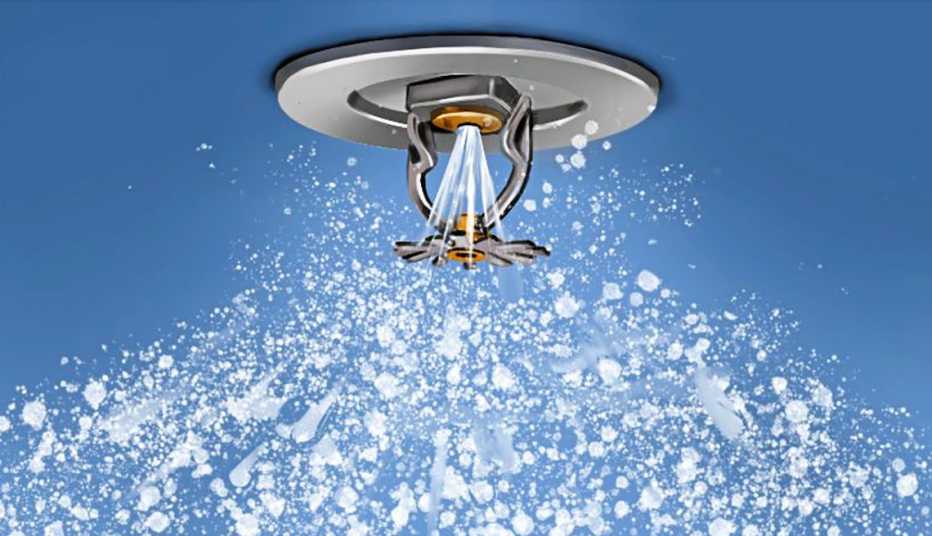
Be prepared
Sprinklers reduce the risk of dying in a fire by 80 percent, Hawes says. Also, check with your fire department about installing a rapid-entry system, which allows first responders access to a lockbox containing a key to the front door.
Save yourself
- Do the drill. Just as you did in elementary school so many years ago, plan an escape route and practice escaping. “Know two routes of escape from each room, in case one is blocked by fire,” Hawes says. Practice opening bedroom windows; if they have bars, make sure there is an emergency release device so they can be opened easily
. - Equip your bedroom. Sleep in a ground-floor bedroom if possible. Use interconnected alarms in your home so that all of them are triggered when one detects smoke. If you have trouble hearing, get an alarm system that emits low-frequency sounds and has a strobe light, or one connected to a bed shaker to wake you. Keep needed items — such as eyeglasses, a cellphone, a cane or walker, a flashlight, and a whistle — near your bed.
- Get low. “The cleanest air is nearest the floor in a smoke-filled room,” Hawes says. Get as low to the ground as possible. If you can't escape, stuff wet towels or bedding around cracks of doors. Call 911 and signal rescuers from a window.
CRISIS: Car Crash

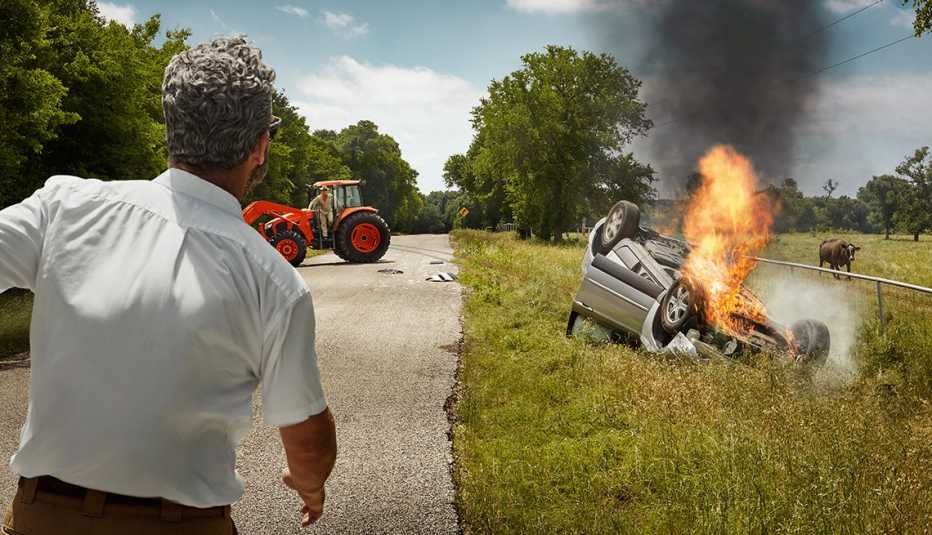
No one is emerging from that car crash, and help is miles away.
If you come upon an auto accident and decide to help out, think personal safety first.
Save yourself (and others)


Be Prepared
Keep a one-handed tourniquet in your car and at home. Widely available from several makers, they tighten down with one hand, so they're easy to use on yourself.
"I teach the S-MARCH protocol for any trauma situation,” says Shane Kerwin, a former medical sergeant in the U.S. Army Special Forces and founder of Personal Survivor Solutions.
- Survey the scene for safety. Is the environment safe for you to enter? Is the car on fire? “Normally, you don't want to move a victim, but you don't want the victim engulfed in flames.”
- Massive bleeding. Look for bright red squirting blood. That suggests arterial bleeding. “You want to kink off the hose by compressing the blood vessel against the bone with direct pressure or a tourniquet,” Kerwin says. Get a strip of T-shirt and something rigid like a pen, flashlight or stick; this will act as a windlass to tighten the tourniquet sufficiently.



























































